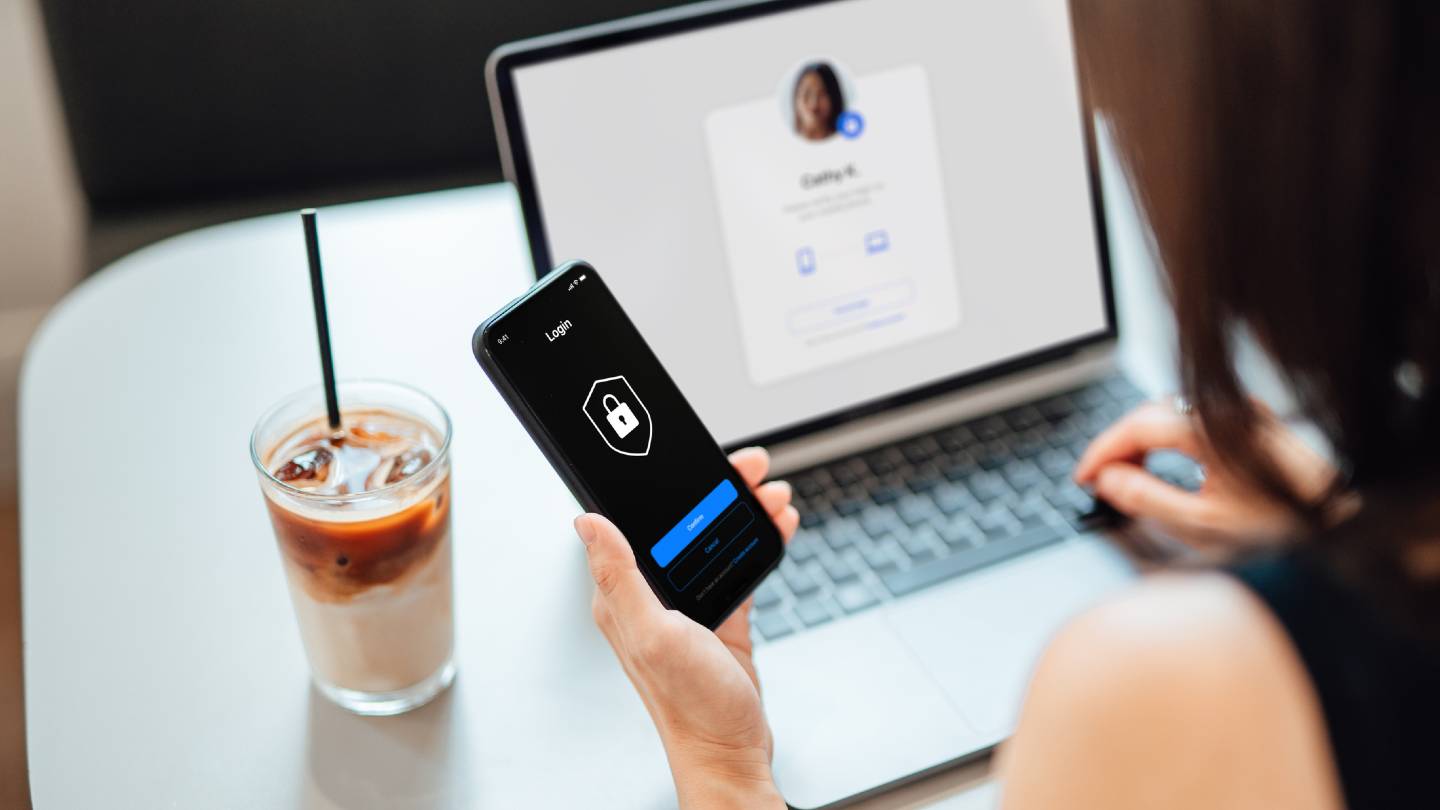While you might feel like you’re secure browsing the internet from the safety of your own home, the fact is that without proper internet home security, you could fall victim to hackers.
With your doors and windows locked, most likely no one can enter the physical walls of your home, but an unsecured internet connection is like leaving the front door wide open for hackers, snoopers and other people with malicious intent to spy on your activities and steal your personal information.
Luckily, there are steps that you can take in order to set up a secure network and protect your data. Below, we will guide you through the process of improving your home internet security, from how to change security settings on a router and setting up additional protection to changing your MAC and IP addresses and creating a VLAN to secure all of your internet-connected devices.
Step 1: Secure your router
Your router is your gateway to the internet. If left unsecured, it is also a hacker’s gateway to your network and personal information. There are some simple steps that you can take to make sure that you have the most secure router possible and that your home network is not easily accessible to anyone who doesn’t have permission to access your network.
First, a very simple step to secure your router is changing the default name of your home network. Your network name is known as the Service Set Identifier or SSID. This is what appears when you are looking at the list of available networks to join. Often, the default router network name will provide a bit of information that a hacker can use to discover more about your router. They can look up what type of router you are using based on the SSID and target any weaknesses in the device’s security. Simply changing the name of your network name obscures this information.
The next step is securing your network with a strong password. Do not use the default password that is provided with your router. This can often be a generic password that is readily available online. If you don’t change the password, anyone who knows or can look up your router type can figure out how to get onto your network. Use a secure password or passphrase to provide sophisticated enough protection to keep anyone from guessing your password or brute-forcing their way onto your network.
You can also consider changing your router’s IP address. IP addresses are static and provide an identifier for a device. An attacker can use this information to target your router for an attack like a distributed denial of service attack, which could knock your network offline. The ability to change your IP address should be available in your router’s settings.
Step 2: Invest in third party protection
Once your router is secured, it’s worth considering adding third-party protection to keep potentially malicious actors out of your network. A firewall is one great tool that you can use to further secure your home internet connection.
Firewalls are pretty straightforward tools. They are a network security device that monitors all of the data that is coming and going across your network. Firewalls operate on a set of rules that help determine if the data is legitimate or if it may be malicious. If the firewall identifies potentially harmful data packets, it will block them from reaching your device.
Virtual Private Networks, or VPNs, are another powerful tool for protecting your data. A VPN sets up an encrypted and secure tunnel between your device and a server. That server communicates with the internet, sending your data and bring back data to your device. But all of that transfer of information takes place under a secure connection, so no one is able to see it — even if they are connected to your wireless network. There are a number of great VPN providers available, but we recommend Express VPN.
Finally, always keep your firmware up-to-date. This is simple but essential. Firmware updates are provided by device manufacturers to patch up any security vulnerabilities that are discovered. If a firmware update becomes available for your router, installing that update will prevent a hacker from using a known exploit to attack your router or infect your network with a virus.
Step 3: Use a MAC address to keep unwanted devices off your network
While tools like firewalls and VPN provide some handy security tools, you can also manually block specific devices from accessing your Wi-Fi network. You can do this by filtering out a device’s MAC address.
A MAC address — short for Media Access Control (MAC) address — is a device’s unique identifier. Unlike an IP address, a MAC address is hardwired and cannot be changed. That means if you know the MAC address of a device that you are trying to block from connecting to your Wi-Fi, you can effectively prevent it from ever having access to your home network without your permission.
Most routers have the ability to set up MAC filtering, which will use MAC addresses to help control who can access your network. You can use a blacklist, which blocks specific MAC addresses from every connection. You can also use a whitelist, which will only allow approved addresses to connect. This can greatly restrict access to your network and prevent any malicious actor from being able to connect.
Step 4: Use a VLAN for IoT devices
While your router and primary devices may be secure, the Internet of Things (IoT) has created a whole new type of security threat. All of your internet-connected devices present the possibility of new gateways for attackers to access your network and information.
This means everything from your smart home appliances like an internet-connected refrigerator or light bulbs to other devices like your smartwatch or smart speaker.
All of these devices are connected to the internet via your home network, and they all present a new vector for hackers to target. Because some loT devices are less secure than others, hackers can exploit these vulnerabilities to gain access to your network through the devices rather than trying to directly attack or connect to your Wi-Fi.
To protect against these threats, consider setting up a Virtual Local Area Network, or VLAN. A VLAN creates a subnetwork separate from the one that you connect to in order to use the internet. All devices connected to the VLAN are partitioned together, so if one is compromised, your entire network is not necessarily put at risk.
Wrapping up
Your security and safety are of utmost importance, and protecting your Wi-Fi network will keep your data safe when you are in the comfort of your own home. These steps will help to secure your home internet network and make sure that hackers and other malicious actors can’t intercept or access your information.
However, there are other ways for hackers to compromise your data. Check out our additional guide on how to stay safe while using the internet and avoid scams, fraud, and phishing attempts
Allconnect: Let us compare providers for you
Why should you choose Allconnect? We’re the #1 broadband marketplace in the U.S, meaning you can trust us to search, compare and order internet and TV service for your home.
Get started

Written by:
AJ DellingerContributor
AJ Dellinger is a writer and editor based in Madison, WI. He has spent the last 10 years writing about the internet, gadgets, technology and a variety of other topics. His work has appeared in Wired, Gizmodo, CN…
Read more
Edited by:
Robin LaytonEditor, Broadband Content
-
Featured
![10 tips to shop more safely online and protect your privacy]() 10 tips to shop more safely online and protect your privacy Joe Supan — 6 min read
10 tips to shop more safely online and protect your privacy Joe Supan — 6 min read -
Featured
![18 tips to improve your internet connection and boost Wi-Fi signal]() 18 tips to improve your internet connection and boost Wi-Fi signal Camryn Smith — 9 min read
18 tips to improve your internet connection and boost Wi-Fi signal Camryn Smith — 9 min read -
Featured
![Best free DNS servers]() Best free DNS servers Camryn Smith — 4 min read
Best free DNS servers Camryn Smith — 4 min read
Latest
-
Thursday, July 25, 2024
Worried about losing your signal? This is how to keep your satellite dish cleanDavid Anders — 6 min read
-
Tuesday, July 23, 2024
The best free TV and movie streaming services 2024Camryn Smith — 5 min read
-
Tuesday, July 23, 2024
Everything you need to know about internet speedsRobin Layton — 8 min read






